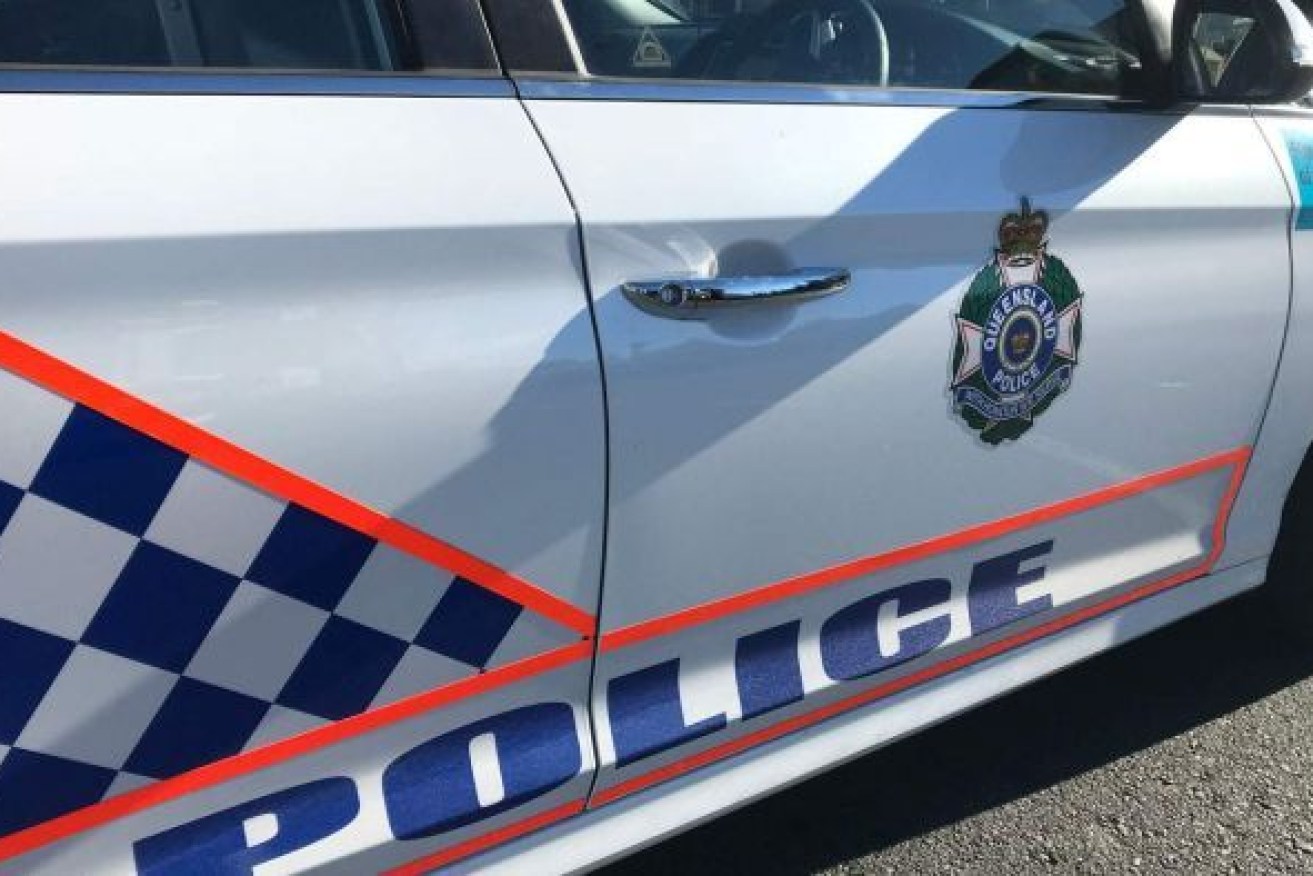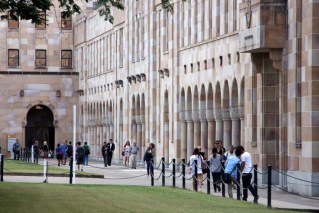Police are pushing for a controversial forensic technique to be used more widely to solve crimes following a series of successful convictions.
“Familial searching” is a sophisticated test that helps track down perpetrators by linking crime scene DNA to their family members.
The test has helped detectives in Adelaide catch a rapist and Queensland Police convict a killer.
But the technique remains restricted to only the most serious crimes and is often used as a last resort.
“There’s potential for us to do these sorts of searches very much earlier in an investigation,” forensic scientist Dr Damien Abarno told 7.30.
“If we could do that, we would then save years of police work.”
DNA of rapist’s son cracks case
South Australian police had been hunting for a man they dubbed the “North Adelaide Rapist” for years following some frightening sex attacks on young women in public.
A new and rarely used crime-fighting weapon finally tracked him down.
“I was tasked to review the case … and basically we just went over it from the beginning,” Detective Brevet Sergeant Chay Summers told 7.30.
The Special Crimes and Investigations detective and his team re-examined seven similar sex crimes over a period of eight years.
There was DNA evidence in only two of the cases — victims who were attacked in public within months of each other in 2012.
“One of the victims thought that she was going to die,” Summers said.
“She was terrified.”
But frustratingly, the DNA samples did not directly match any known offenders in the criminal database.
Summers decided it was time to request a familial DNA test.
In Australia, the technique is governed by different state policies which mostly place strict limitations on the circumstances in which a familial search can be conducted.
It is currently limited to only the most serious crimes and only after all lines of other investigative work have been exhausted.
“I think it was a really good opportunity to try this technique,” said Arbarno, the DNA database manager at Forensic Science South Australia.
“Normally, when we search a DNA database, what we’re looking for is a direct match between the crime scene and someone on the database.
“If we don’t get a direct match … we can also look for someone on the database … who might be related to the person who left the DNA at the crime scene,” Abarno explained.
After running the DNA sample, the forensic scientist got a hit list of 100 potential relatives of the offender.
“We were able to reduce that list to just a single person,” Abarno said.
“It looked like a father-son relationship.
“That was the first time we had a lot of really strong evidence that we could then pass onto police for them to investigate further.”
A familial DNA match between the offender and his son led police to Patrick Perkins.
“It felt like a breakthrough moment,” Sergeant Summers said.
Despite Patrick Perkins’ initial denials in a police interview, video of which was obtained by 7.30, the 59-year-old eventually pleaded guilty to the two sex crimes in court.
The groundbreaking case marked the first time in Australia that an offender was convicted through familial DNA testing.
DNA of murderer’s mother cracks case
Queensland Police recently used familial searching to help solve the murder of a woman in Cooktown.
The body of 42-year-old Donna Steele was discovered in a croc-infested river in 2017.
“The familial DNA testing in this instance proved crucial to solving this case,” homicide detective David Nicoll told 7.30.
DNA of an unknown male had been found on some twine at the crime scene.
When it did not directly match any known offenders in the criminal database, detectives asked locals to volunteer their DNA.
Two hundred people submitted samples and police ran a familial search.
There was a match — with the killer’s own mother.
When police interviewed 27-year-old Matthew White, he confessed.
“Matthew White’s name was in our investigation already but he was not identified as a suspect or even as a person of interest,” Inspector Nicholl said.
“In this instance, the familial DNA testing enabled us to identify him as a suspect far earlier than we would have.”
‘An incredibly powerful tool’
In the United States, the notorious case of the Golden State Killer has taken familial testing to a whole new level.
Joseph James DeAngelo raped, murdered and terrorised dozens of victims across California in the 1970s and 1980s.
After 40 years, genealogist Dr Barbara Rae-Venter helped track him down through a public genealogy website.
“This is an incredibly powerful tool,” she told 7.30.
Police took a genetic sample from an old crime scene and used it to search for potential relatives on GEDmatch, which allows users to load their genetic data to make family connections.
The killer’s DNA matched with a whole family tree of distant relatives — which ultimately led to his arrest.
Push for police to use ancestry databases in Australia
The Golden State Killer case has raised major ethical and legal concerns around police accessing public ancestry databases.
Australian police do not currently use public genealogy websites.
But forensic scientist Abarno told 7.30 there are ongoing discussions within law enforcement, science and legal circles to potentially change this.
“There are conversations at the moment at multiple different levels, in multiple states about can we do this? Is it legal? Are we happy with the technique?” he said.
Genetic scientist Dr Caitlin Curtis told 7.30 that most people probably do not realise the DNA data they have submitted to create family trees could potentially be used in a criminal investigation.
“While you get back the information about your ancestors, that data also contains a lot of personal information about you,” Curtis said.
“People may or may not feel comfortable with law enforcement being able to access this kind of information about us.”
Curtis said if police are allowed access to use these types of sites to help solve crime, there will need to be clear guidelines.
“There’s a balance between things like privacy, the public good and also surveillance and I think it’s going to be important to really get that balance right going forward.”
– ABC / Grace Tobin and Chris Gillett













